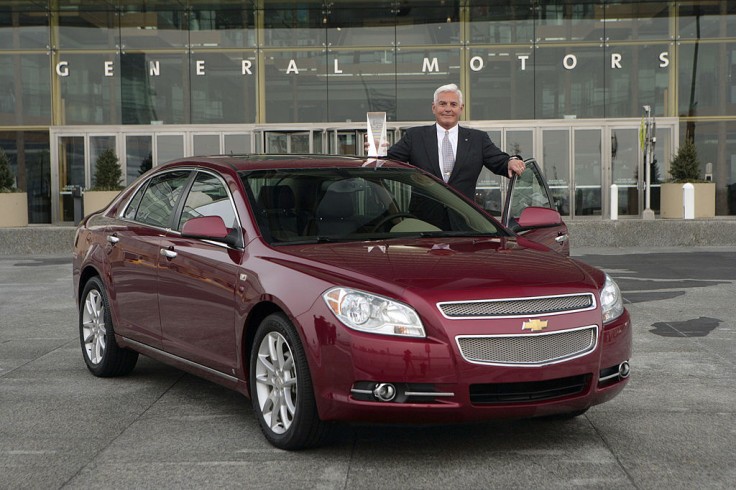
Cruise recognized an incident in San Fransisco involving its self-driving cars that snarled traffic for hours.
Reddit commenters' theories said that the incident was planned for the end of civilization as the automobiles blocked a street sweeper from accessing the area.
Autonomous Cars Slowed Traffic for Hours in San Fransisco
The majority-owned subsidiary of General Motors, Cruise, acknowledged a problem causing eight self-driving cars to group together on Thursday night, June 28. The incident blocked traffic for hours in San Francisco, which took hours until employees arrived and manually moved the autonomous vehicles.
The business spokesman refused to provide further information and said no passengers were affected by the issue.
The firm said that the source of the congestion had been identified and resolved. Still, Reddit users had their own theories about the automobiles' motivations, from unionizing to planning the extinction of humanity. The thread's original user called the Cruise car pile-up 'surreal' and pointed out that the vehicles prevented a street sweeper from entering the neighborhood, a municipal infraction typically subject to a $76 fine per vehicle.
Earlier this month, the California Public Utilities Commission gave Cruise permission to operate a 30-car autonomous fleet in San Francisco. The robotaxis, however, are only permitted to run between 10 p.m. and 6 a.m., when the roads are less congested.
Regardless of approval, cruise cars haven't exactly been a source of trust in the past after an incident in April.
Other autonomous vehicle businesses have also seen similar unusual and poor automobile behaviors. Last year, the SF fleet of Waymo continued to take a dead-end street. Although human drivers aren't ideal, it is evident that a system that depends on humans to save it isn't either.
GM's Cruise Wins First California Permit to Carry Paying Riders in Driverless Cars
On May 31, General Motors Co's (GM.N) Cruise overcame municipal authorities' concerns to become the first business to get a permit to charge for self-driving vehicle trips in San Francisco.
Autopilot tests in San Francisco, human safety drivers are becoming a familiar sight, while fully driverless vehicles are also becoming more prevalent. A significant step in the long, arduous route toward autonomous taxi service will be reached when they become a budding company in a major American metropolis.
The permit was Cruise's final hurdle in California. Cruise said it would launch paid services in the next couple of weeks, using up to 30 driverless Chevrolet Bolt electric vehicles.
Public Utility Commission Commissioner Clifford Rechtschaffen said that the panel was cautious by 'taking a deliberate, progressive approach to regulating fully autonomous cars during the hearing to authorize GM's Cruise for driverless operation. According to Rechtschaffen, this resolution is a crucial next step in that direction. It will enable their employees to continue collecting essential information that will aid in the creation of subsequent stages.
During heavy fog, rain, or smoke, the vehicles won't run and will never be permitted on the roadways. These limitations were put in place because of concerns raised by San Francisco fire, police, and transportation authorities, who wanted regulators to limit the program's capabilities before allowing it to transport paying customers.
The fire department's worries were justified in light of an event in April in which a Cruise driverless test car obstructed a fire engine heading to a three-alarm fire. Concerns were also raised by another instance where a police officer pulled over a Cruise car, which then seemed to leave the traffic stop scene before the officer completed it.
Related Article : Driverless Cruise Vehicle Gets Pulled Over by Cops - What Happens Next?









